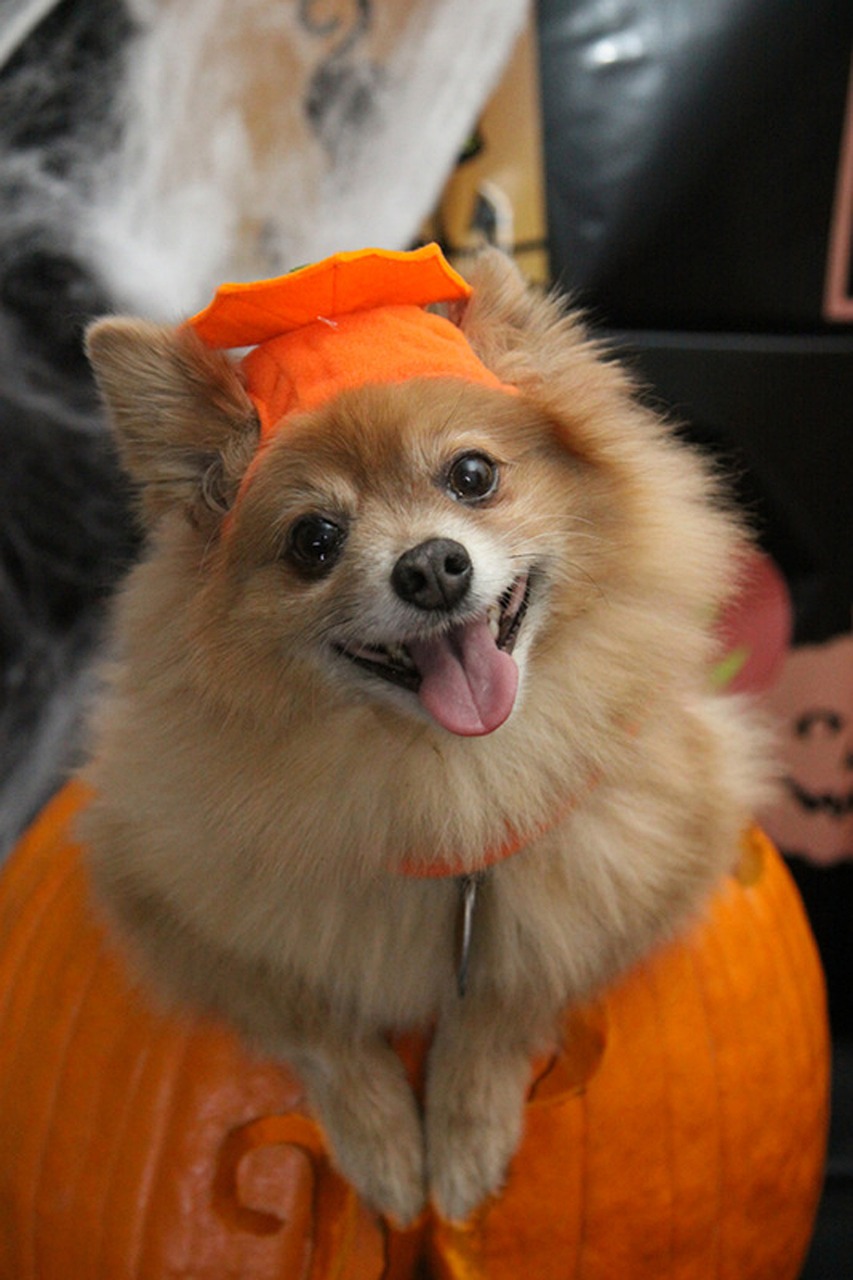Freshwater Fish Basics
Community-
6.5 to 7.5 pH Neutral Water
Dwarf Gouramies, chuna Gouramies. Minnows, rasboras, tetras, dwarf cichlids,
are most peaceful.
Large
Community-6.5 to 7.5 pH Neutral Water
Adult tetras, angels, Larger gouramies, danios, sharks, rainbows, barbs are
sometimes semi-aggressive
Livebearer
- Higher pH, Alkaline Water
Most require some extra rock salt, or water hardener a TABLESPOON per 5 gal
min. Mollies, and swordtail can sometimes pick on stationary fish or smaller
fish. Platies and guppies are considered
community and less aggressive.
Goldfish
- Neutral to 7.5 pH
Need more plant protein than meat protein. Too much high protein can cause
liver damage as fish gets older and lead to swim bladder issues, Goldfish have
no stomach, but just one big long intestine and need to snack all day. That's
why they need live plants in the tank to munch on, or algae supplements.
Preventing problems with the swim bladder caused by the wrong diet is much
easier than trying to treat it. It usually causes permanent damage. They
produce more slime and mess than tropical fish and are best with same fin
types, i.e., no fantail fish with single tail fish. Sometimes smaller faster
moving goldfish will chew the fins off a larger, slow moving fantail goldfish.
Dojos are good companions as they can handle cool water. If the tank is kept
heated at least 70 degrees, plecos are okay although you need to make sure they
do not suck the scales or slime of the goldfish. Clown, Rubber, or Bristlenose would be the
best because they stay a bit smaller
Chinese algae eaters ok but will suck on any fish that will remain still for it
and get more aggressive the bigger they get. Snails are okay for algae, but are
very sensitive to fluoride and water quality. Aged water is best.
South
American Cichlids - 6 to 7.5 pH Soft Water-Harder water
Dwarfs are okay in some tanks, the rest have varying degrees of
aggressiveness. Some fish can be
extremely aggressive in certain instances or less aggressive it just depends on
many variables. Tank size, fish sizes,
order of addition, decorative areas etc. are all attributing factors on haw a
fish could act. Generally though, the
size of the tank is the biggest determining factor of aggressiveness. Nothing
will get along with an aggressive fish in a 20 gallon tank if it is already 4
inches long and well established, where as if you have a 250 gallon tank they
should do ok, in most cases, anyway!
Most American cichlids are considered aggressive for their temperament
and the sizes they get.
African
Cichlids - 7 to 8.2 pH African Cichlid Salts- Hard Water
African Cichlids are generally very aggressive and territorial. In fact size
for size, African cichlids is probably the most aggressive fish available. They should be kept with their like species
of fish or fish that can handle the higher pH and aggressive nature. Adding these fish is a bit different then
other types of fish you may add. You
purposely want to overstock the aquarium and add multiple fish at a time to
avoid territory issues and extreme aggressive behavior. Changing up the décor of the tank and having
tons of hiding places can help with the introduction of fish into the aquarium. .
Brackish
- 7 to 8 pH, Marine or Rock Salt- Hard Water
Some fish, like monos, can actually be acclimated to both brackish and
saltwater. Most are very adaptable, but require at least 2 tablespoons per 5
gallons. One tablespoon per gallon is real brackish, 1.010. Most fish are
comfortable anywhere in between. 1.001-1.010. Most are aggressive and nippy,
puffers especially. Monos and scats do best singly or in groups of 3 or more.
Most grow quite large so plan your tank accordingly.
Food
Dry food works fine but most fish benefit from being fed a mix of foods. Frozen and freeze dried treats are a great
way to alternate food consistencies and formulas. Remember, the goal is to help
your fish thrive in their new home.

